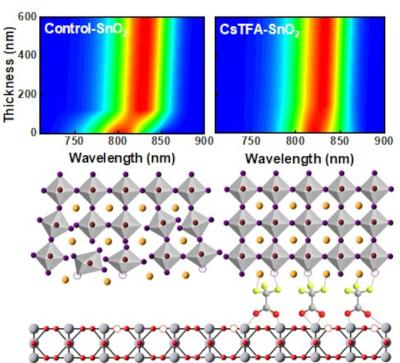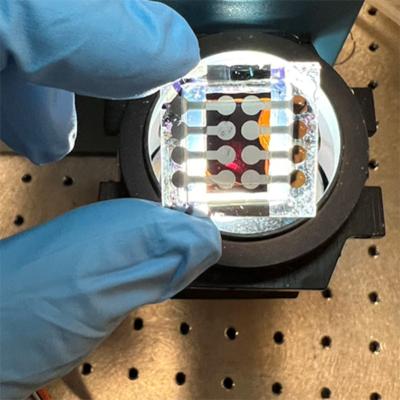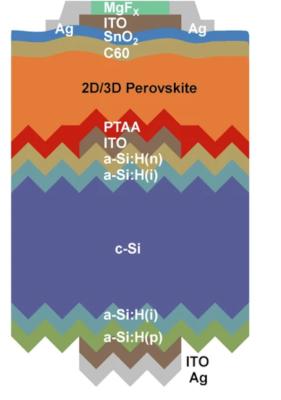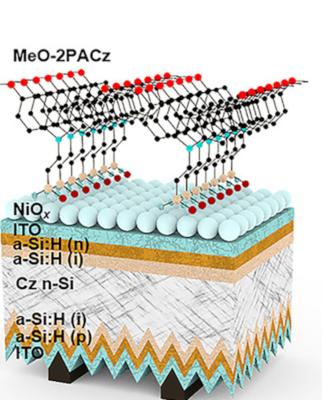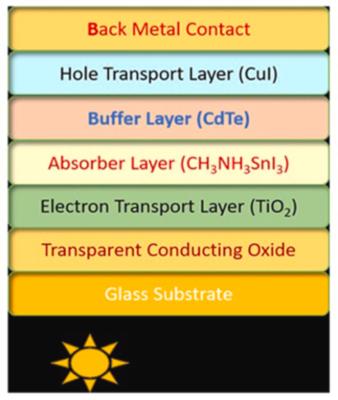UNIST researchers improve the efficiency and stability of PSCs by introducing bidirectional tuning molecules between the perovskite photoactive layer and ETL
BusinessKorea reports that researchers at the Ulsan National Institute of Science and Technology (UNIST) have significantly improved the efficiency and stability of perovskite solar cells by addressing defect issues.
Schematic of perovskite crystallinity changes and thickness-based photoluminescence analysis through the introduction of bidirectional tuning molecules. Source: BusinessKorea, UNIST
The UNIST team announced that a joint research team, led by Professors Kim Jin-young and Kim Dong-seok from the Department of Energy and Chemical Engineering, and Professor Lee Geun-sik from the Department of Chemistry, successfully introduced bidirectional tuning molecules between the perovskite photoactive layer and the electron transport layer.
